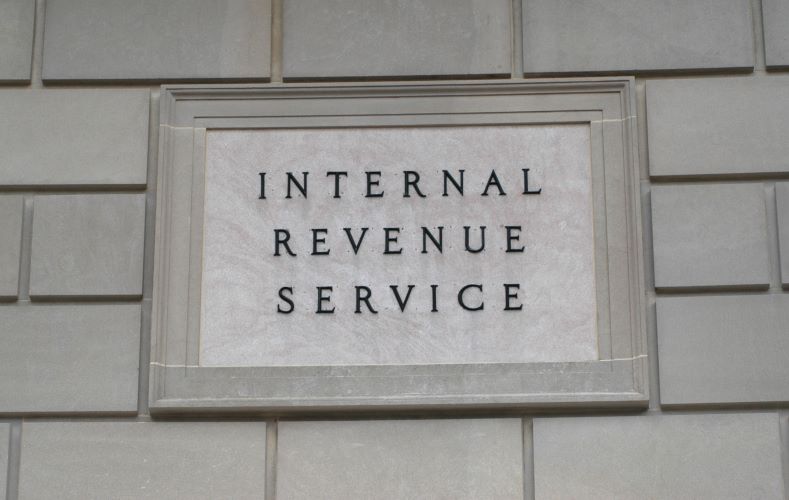There are many essential reasons why a business valuation may need to be performed. Buying or selling a company, gift or estate tax purposes, litigation purposes, or even planning down the road for retirement or adding a shareholder are just a few reasons why. Business owners should not do their own business valuation. There is too much at stake and a business owner may not be able to remain objective.
Since there are many reasons why a business valuation may be needed, it is important to understand that there are three business valuation methods and each method is used at different times depending on the type of business and the purpose of the business valuation. Here we outline a description of each method used in determining a fair and objective business valuation.
Asset-Based Approach
To avoid the difficulties that may exist with an income or market approach, many business owners may value their company using an asset approach. An asset approach valuation is essentially taking the fair market value of the assets less the fair market value of the liabilities for a company. While this approach is generally used to value a real estate or holding company, this approach should not be used for an operating business. We see many businesses that may have a $5 million book value, but the income or market approach shows that the company is worth three times as much. We also see the opposite in preparing business valuations, where a company has built up a large book value from 20 years ago, however the company has struggled over the past 10 years and would not be worth nearly as much as their book value.
Depending on the size of the company, identifying the assets of the company usually means determining the value of the assets that are not on the balance, the intangible assets. Often companies have a large goodwill as they have been in business for many years or they have an internally developed product or business method that can certainly impact the value of the company. When valuing an operating business, it is essential that an income or market approach is performed to obtain the true value of the company.
Market-Based Approach
The theory behind the market approach is that the value of a business can be determined by comparing the business to guideline companies for which transaction values are known. When preparing a market approach valuation, evaluators compare the sales of companies in the same industry as the subject company. Unfortunately, the details of many transactions are private, and it is oftentimes difficult to find comparable data. Also, the subject company is most likely different from the comparable companies in some way (smaller, bigger, more product diversification, etc.) that it makes it difficult to compare companies.
However, the big advantage of the market approach is that when comparable data is found, we can see exactly what the company is worth in the marketplace. Pricing multiples are then used to help determine a reasonable selling price for the subject company when comparing the company to the marketplace.
The market approach is similar to using comparable sales in the process of buying or selling a home. Often, the house that is for sale is compared to similar houses in the same neighborhood that have recently sold. However, in real estate it is easy to determine the number of bedrooms and bathrooms a house has, whereas in business valuation the standard of value being used may be unclear as well as the details of the business sold.
Income-Based Approach
The income approach is the king when it comes to business valuation. Most people run a business to make money. Therefore, if someone is purchasing a business, the number one factor to determine their purchase price is the amount of money they will make in the future. In simple terms, the income approach involves looking at an organization’s financial history to make projections about their future profits. There are two methods typically used for valuing a company using the income approach:
- The capitalization of cash flow method arrives at a valuation by dividing the historical total cash flow stream of a business by its capitalization rate, a rate the reflects the riskiness of a business and its expected growth in the future. This approach is advantageous because it uses actual numbers from the company’s past, however the downside is assuming the future will be representative of the past.
- The discounted cash flow method arrives at a valuation by projecting the cash flows in the future and then discounting the cash flows back to the date of the valuation. The advantage of this approach is that a buyer can see what their cash flows will be in the future, however the disadvantage is that it is often difficult to predict the future.
A business valuation is much more than a multiple of sales or EBITDA. A business valuation takes into account many factors to determine a fair conclusion of value. A valuation professional will carefully select the right method to arrive at a representative value of the business being examined. If you are interested in learning more about business valuations, Selden Fox can help. For additional information please call us at 630.954.1400 or click here to contact us. We look forward to speaking with you soon.





